The Tyrannical Horror that is America - No Freedom Here Folks
CPS seizes kids because the federal government pays CPS a bonus for each child seized. And Americans think they are free people. Possibly CPS pays corrupt doctors fees for providing cause, if needed, for seizure. Any bruise whether from falling off a bike or sandlot sports is ground for seizing a child from parents.
This Waltham couple brought their sick baby to the hospital. Three days later, the state took their kids away.
By Caitlin Gibson: The baby woke up wailing just after 2 a.m., and the moment Sarah Perkins lifted her 14-week-old son, Cal, into her arms, she knew he had a fever. His temperature had climbed above 103, so Perkins was soon on her way to the emergency room while her husband, Josh Sabey, stayed at their apartment in Waltham, Mass., with their 3-year-old son, Clarence. In the pre-dawn hours of July 13, the doctors ordered an X-ray to check Cal’s lungs for signs of infection, and that is when the family’s nightmare began.
The imaging revealed a healed fracture on Cal’s rib cage, several weeks old, about the size of a thumbprint. The injury was determined to be the result of nonaccidental trauma – meaning it was now a suspected case of child abuse. A social worker visited the hospital room where Perkins was anxiously monitoring her feverish infant. The woman’s tone, Perkins recalls, was immediately adversarial: We are talking about intentional trauma. How can you explain your child’s injury?
Every year, more than 3 million children become the subjects of child protective services investigations by agencies across the United States, according to data from the Department of Health and Human Services. Now, literally overnight, Perkins and Sabey’s sons numbered among them. The months-long saga that followed would inflict a lasting sense of fear, outrage and trauma, heightened by the fact that everything – each parenting choice, any passing comment, even their body language – felt subject to scrutiny by the Massachusetts Department of Children and Families. Their experience, the family says, has instilled a new sense of mission to fight for systemic reform, an effort that has already set the stage for legislative change.
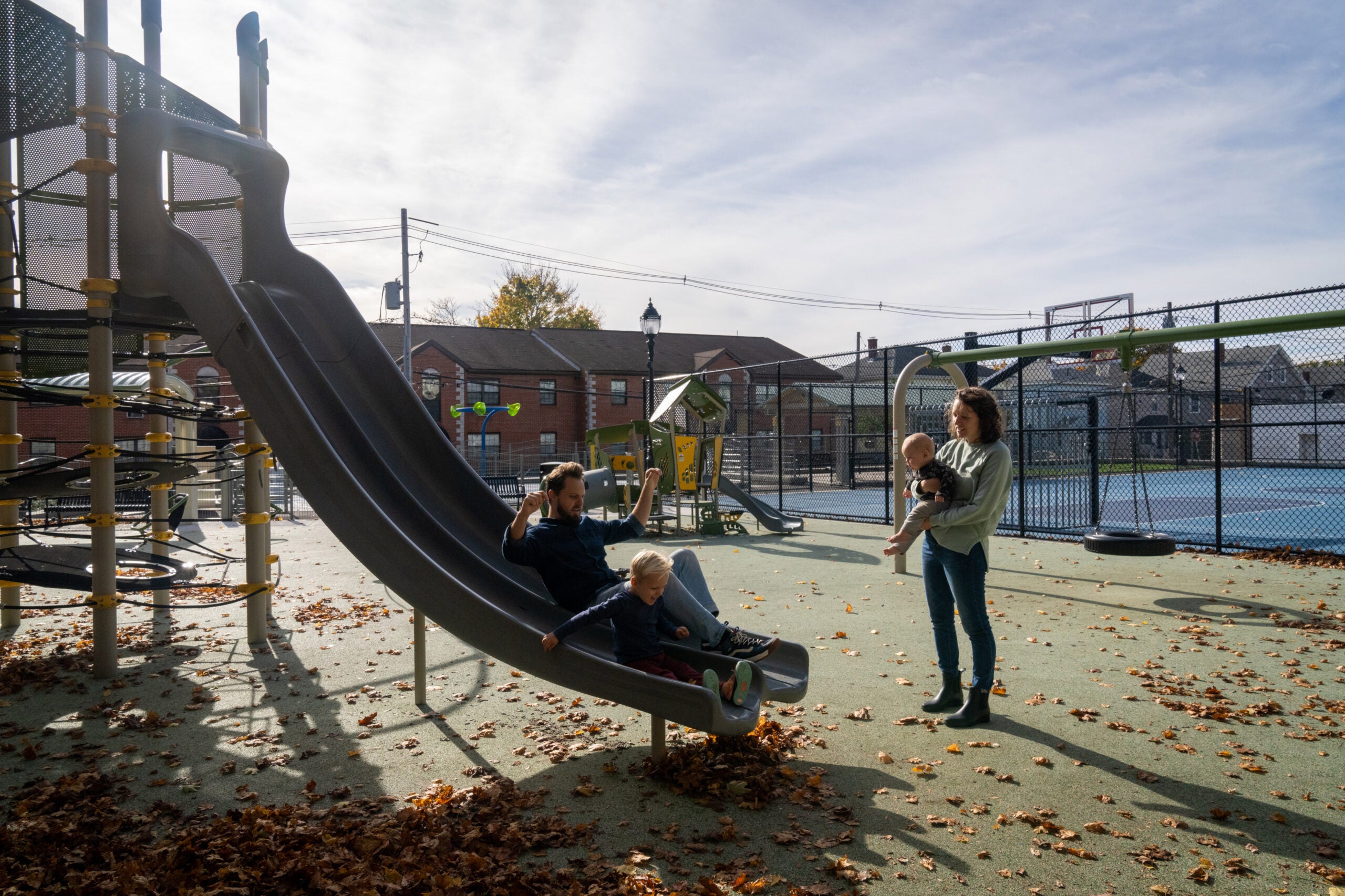
In the first days after Cal’s injury was discovered, social workers questioned both parents at length, as well as 3-year-old Clarence. The children were subjected to medical examinations; no further concerns were found. DCF workers surveyed Perkins and Sabey’s apartment; no concerns were found there, either. On July 14, Perkins and Cal were sent home from the hospital with a DCF-approved safety plan, and the case worker who stopped by their house the next day was reassuring. At the end of a harrowing week, Sabey and Perkins began to believe that the ordeal would soon be over.
They stayed up late that night, and were still awake when they heard a pounding at their door just after 1 a.m., followed by a bellowing voice: Waltham police!
The noise had awakened Josh Sabey’s mother, Lisa Sabey, who was staying with them, and all three adults raced to the door. When Josh Sabey peered outside, he saw three police officers and two emergency response workers from the DCF at his doorstep. They told him they had new information leading them to believe the children were in danger, and they were there to assume custody and remove Clarence and Cal from their home.
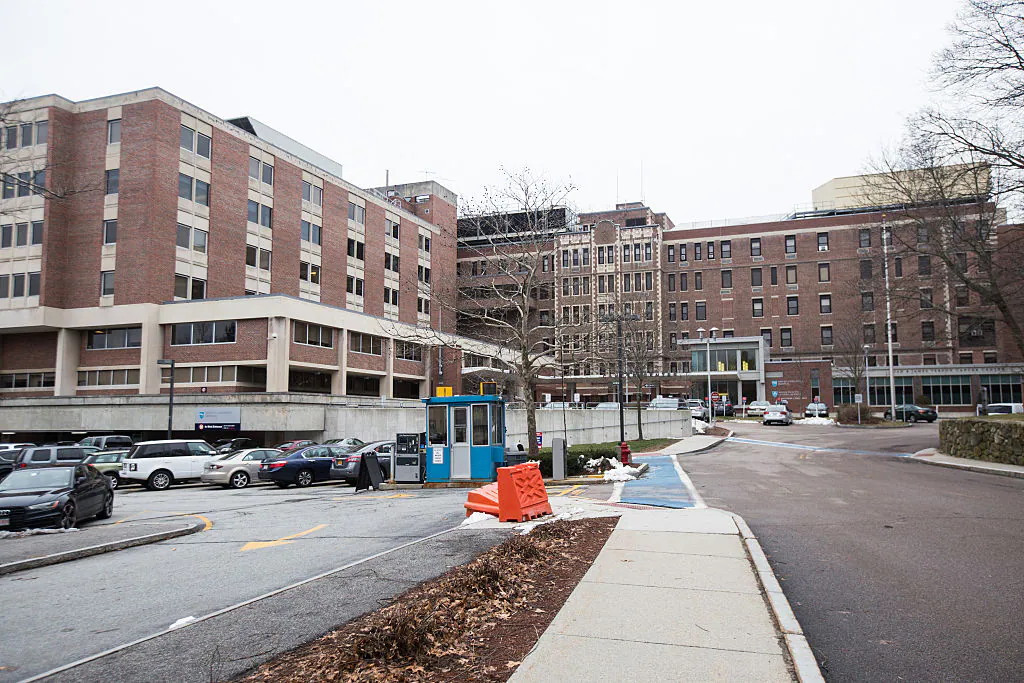
For an hour, as their children slept, Sabey and Perkins tried to reason with the officials at their door. Sabey was convinced that the removal must be illegal; he wouldn’t learn until later that it is within the authority of a child protective agency to take custody of children without documentation on hand. When Perkins asked how they planned to feed their children – Clarence has severe allergies, and Cal, who also has allergies, was still exclusively breastfeeding at the time – she received no clear answer.
“They said, ‘Our food plan is to call the pediatrician in the morning, and we’ll figure it out from there.’ And that was pretty devastating,” Perkins says. She rushed to put together a bottle and a bag of breast milk for them to take.
When it became clear that they were not going to be able to keep their children at home, Sabey and Perkins began recording what was happening. Toward the end of the cell phone footage, the phone rests on a table as the parents retrieve their confused and disoriented children. “Clarence, you get to go on a car ride,” Perkins can be heard saying gently in the background. “I don’t want to,” he cries. There is the sound of the little boy screaming, and, later, his mother quietly sobbing.
When she remembers this now, Perkins describes a sense of being trapped, forced to comply – that despite the panic of that moment, “there was this feeling of, ‘We have to be calm or else it’s going to be worse,'” she says. “I was also aware that I wanted to be as calm as I possibly could because I didn’t want to scare Clarence, and he was already pretty terrified.”
It took more than 30 minutes to settle their hysterical 3-year-old into the back of a stranger’s car. Sabey and Perkins have not forgotten the final words the police officer said to them as the officials departed at 2:30 a.m. The comment wasn’t malicious, Sabey believes, just wholly oblivious to the agony of the moment.
“Calm down,” Sabey remembers the police officer telling them as he prepared to leave, and then, just before their children were driven away into the night: “Sleep well.”
When it became clear that they were not going to be able to keep their children at home, Sabey and Perkins began recording what was happening. Toward the end of the cell phone footage, the phone rests on a table as the parents retrieve their confused and disoriented children. “Clarence, you get to go on a car ride,” Perkins can be heard saying gently in the background. “I don’t want to,” he cries. There is the sound of the little boy screaming, and, later, his mother quietly sobbing.
When she remembers this now, Perkins describes a sense of being trapped, forced to comply – that despite the panic of that moment, “there was this feeling of, ‘We have to be calm or else it’s going to be worse,'” she says. “I was also aware that I wanted to be as calm as I possibly could because I didn’t want to scare Clarence, and he was already pretty terrified.”
It took more than 30 minutes to settle their hysterical 3-year-old into the back of a stranger’s car. Sabey and Perkins have not forgotten the final words the police officer said to them as the officials departed at 2:30 a.m. The comment wasn’t malicious, Sabey believes, just wholly oblivious to the agony of the moment.
“Calm down,” Sabey remembers the police officer telling them as he prepared to leave, and then, just before their children were driven away into the night: “Sleep well.”
Blair described her nephew and his wife as devoted parents who were devastated by what had transpired. The doctors and social workers who immediately started observing the family appeared to see something else, and their perspectives were reflected in the official intake report for Perkins and Sabey’s case.
When Perkins was first told about Cal’s injury, the doctor documented that she didn’t seem very distraught. It was also noted that Perkins also didn’t seem emotional when the social worker questioned her – an encounter that Perkins describes as aggressive and insulting. At one point, the social worker asked Perkins if her husband “regularly ignored his children when they were in the same room,” Perkins recalls, and she rolled her eyes. Her eye-roll is noted in the intake report, absent any context about what prompted the response. The report also notes that “there were not enough follow up questions asked by the parents regarding the injuries to Cal.”
Perkins says she was far more concerned about the emergency that had brought them to the hospital in the first place. “I felt like – I know that nobody who has ever held Cal has abused him, so that is not a concern to me,” she says. “What is a concern is that he’s not breathing well.”
Cal was exhausted and miserable, she says, his small voice hoarse from screaming, and Perkins wanted to know if the legally-mandated tests could wait until her son could have a chance to rest, nurse and see his blood oxygen levels improve. She was told that the tests needed to proceed promptly. As she helped hold down her writhing son for a blood draw – it took multiple attempts, she says, and blood spurted on the crib – she began to weep. This, too, was noted as suspicious: “The DCF worker told us later that they had reported that I was extremely upset,” Perkins says. Now she was showing emotion, but “their concern was that I seemed upset that they might find something in the test.” The tests results were normal.
When reached for comment for this story, DCF officials responded that the department is unable to confirm or deny information about any specific case.
At first, the family was at a loss to account for Cal’s injury. He’d fallen from the bed once, they said, and Clarence was sometimes rough with his baby brother, but the doctors said these were unlikely explanations for the fracture. Neither child was attending day care.
“It’s hard to underscore just how naive we were,” Perkins says. “I didn’t know the research on infant rib fractures.”
They would soon learn that rib injuries in babies are commonly interpreted as a sign of physical abuse, though experts acknowledge that the research is not conclusive; one study notes that the occurrence of accidental rib fractures in infants is unknown, and so the interpretation of the link between rib fractures and abuse “might be biased by circular reasoning.” According to the intake report for Cal Sabey’s case, the consulting physician stated that Cal’s injuries appeared to be consistent with either blunt force trauma or “someone squeezing the child too tight.”
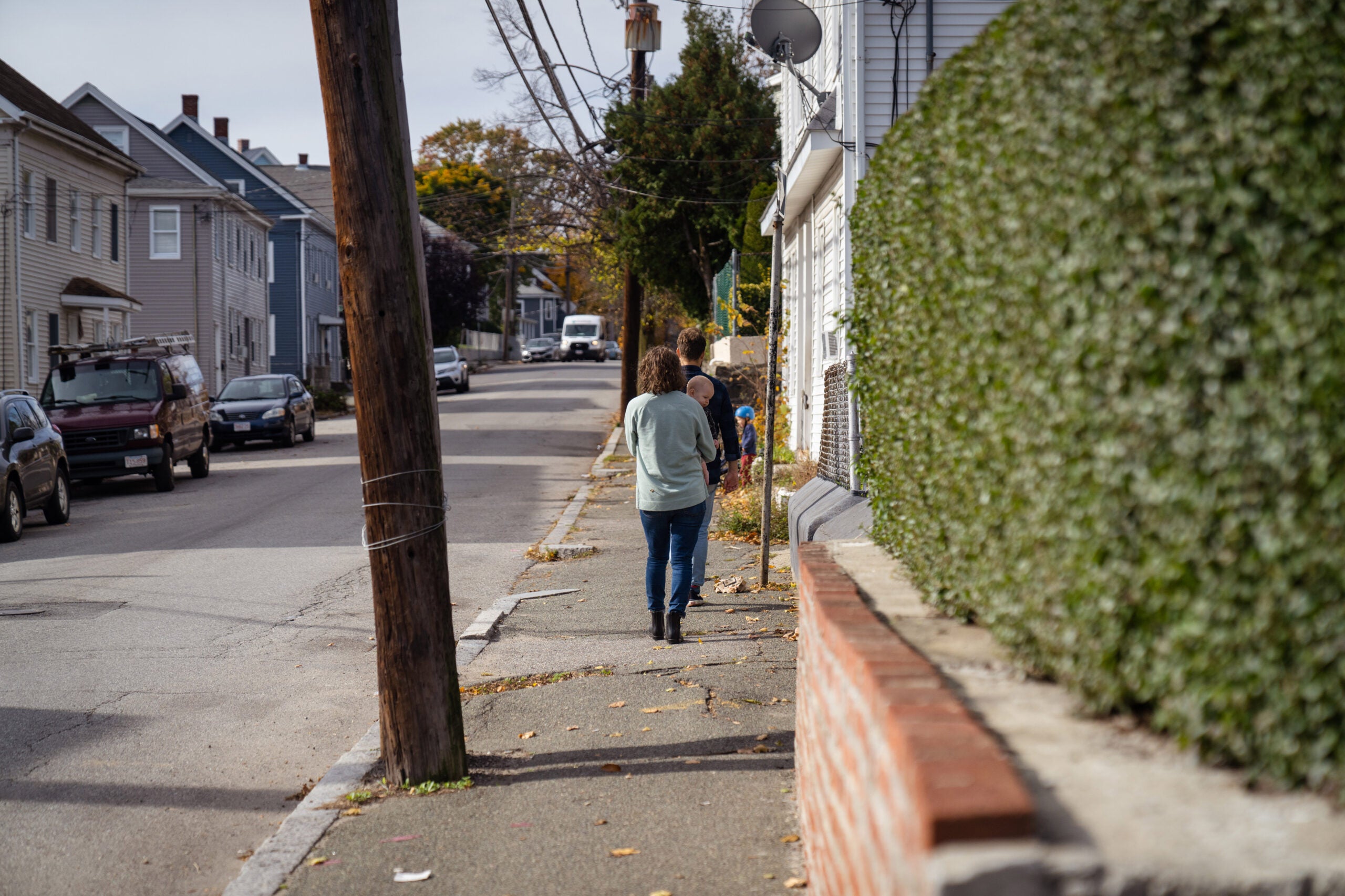
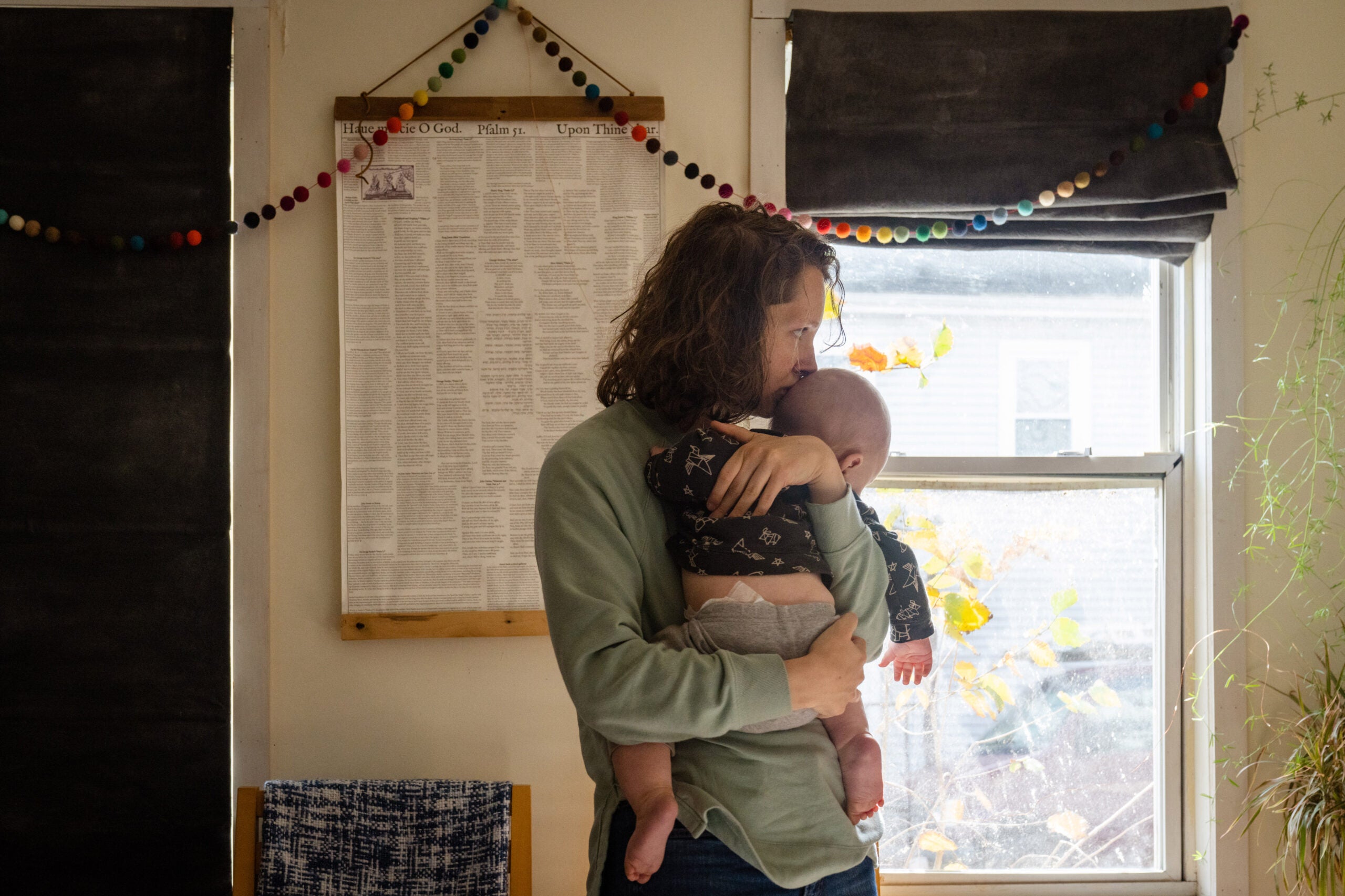
Neither parent had an explanation, but Cal’s grandmother did: When Lisa Sabey learned of Cal’s injury, she remembered an afternoon when she was babysitting her grandsons, and had lifted Cal from his carseat. His head began to roll back, and she grasped him tightly. She recalls that he shrieked – but he was quickly consoled, she says, and she didn’t think to mention anything to his parents at the time. She later provided an affidavit attesting to the episode, supported by a pediatric radiologist who also submitted an affidavit stating that the incident was a probable explanation for Cal’s injury. But a full investigation was already underway.
Somewhat ironically, it was Lisa Sabey and her husband, Mark, who assumed custody of the boys after they were taken away from their parents in the middle of the night. After 16 hours in foster care, the family was able to get the grandparents, who had flown in from Colorado, approved to take the children. On July 16, Clarence and Cal joined their grandparents in the basement apartment of a nearby family friend’s home in Waltham, and on July 18, the family was able to secure daily visitation and nursing access for Perkins and Sabey. It wasn’t until an Aug. 10 hearing that the parents were granted permission to take their boys home under a conditional custody arrangement.
As distressing as this was, they say, they know they were more fortunate than most.
“It’s normally a year before parents are united with their kids. I remember reading that, and going outside to my car and just sobbing,” Perkins says. “My dad came out, and hugged me, and I said, ‘Cal’s going to learn to walk before I see him again.’ And thankfully that didn’t happen for us, but it’s what happens for most people.”
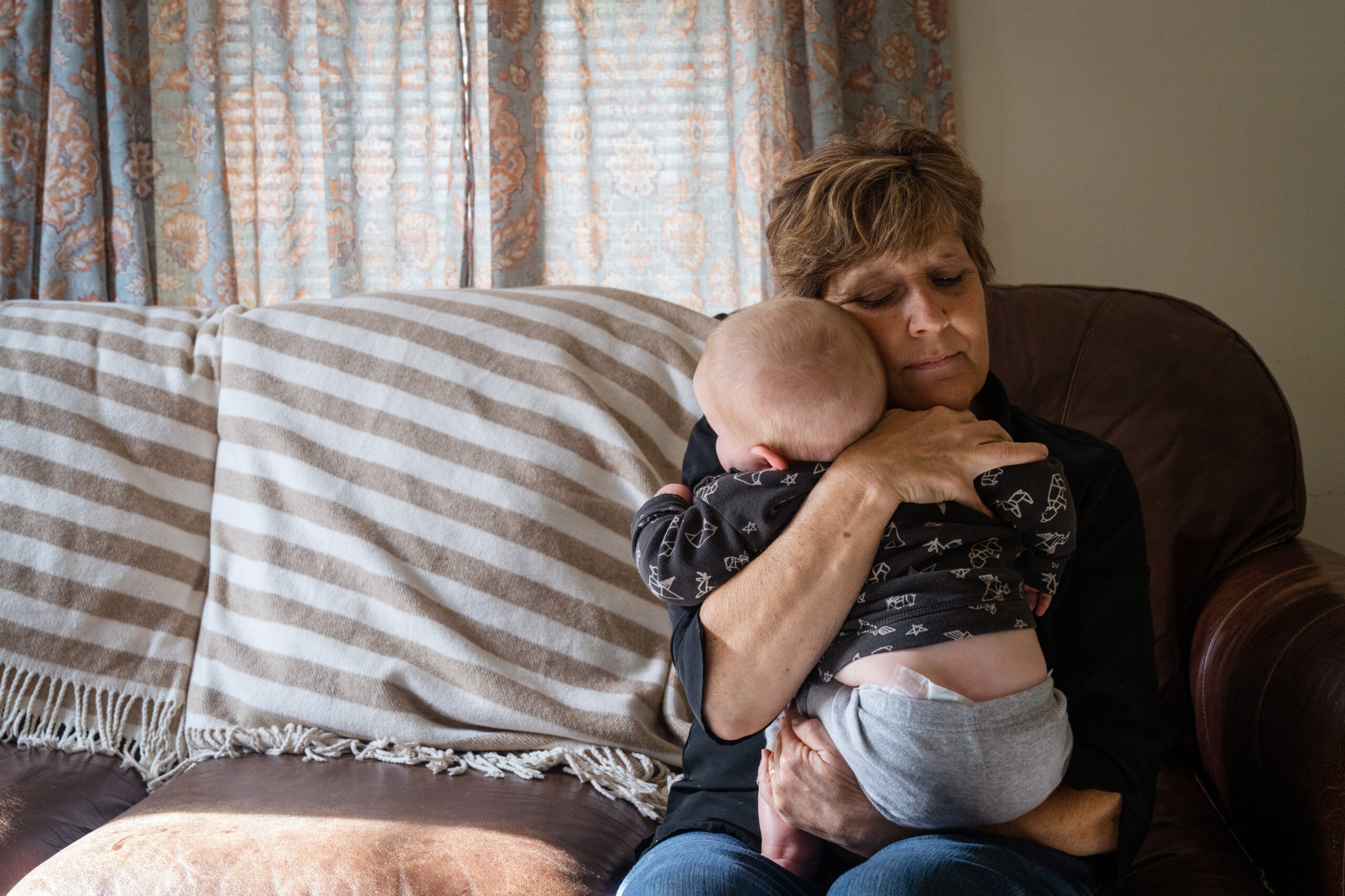
The impact of the child welfare system and its practices has received a wave of recent public scrutiny: Several cases that were found to be mishandled have drawn high-profile media attention, and in October, a ProPublica and NBC investigation revealed that an overwhelming majority of home visits and home searches carried out by child abuse investigators occur without a warrant.
As White parents in Massachusetts, the Sabeys weren’t exactly outliers in the state’s child welfare system; 36 percent of the children in the system are White, while 33 percent are Latinx and 13 percent are Black. But Black and Latinx children are still overrepresented in the state system, according to DCF records. To varying degrees from state to state, low-income families, as well as families of color – particularly Black, Hispanic and Native families – are inordinately subjected to child abuse investigations, says Anna Arons, an acting assistant professor at the New York University School of Law and impact project director of the university’s Family Defense Clinic.
“There are statistics from a couple years ago that estimate that 37 percent of all American children will be subjected to one of these investigations before they turn 18,” Arons says. “That is a huge, kind of mind-boggling number that speaks to the scale of the system.”
Arons’s research into child welfare practices in New York City has led her to believe that a vast, invasive surveillance apparatus is not necessary to keep children safe. “That experience is forced on millions of families around the country every year, and fewer than 20 percent of reports end up being substantiated,” she says.
In many jurisdictions, Arons says, the case workers who handle child abuse investigations are trained by police, which shapes the way they approach their work.
“It is very much based around the idea of finding out the truth, interrogating parents, interrogating children, and the idea that there has to be something here, otherwise you wouldn’t be here,” she says. “I do not want to say that there are any individual case workers out here who are doing this for bad reasons,” – but she does think cultural biases and preconceptions can influence the evaluation of families. “There is this idea that. . . a mother should react in certain ways, a father should react in certain ways.”
Many agencies will consider it a safety risk to the child if a parent objects to the process, she says, “and I think any parent would very fairly voice dissent.”
Charles A. Nelson, a professor of pediatrics and neuroscience at Harvard Medical School and Boston Children’s Hospital who has extensively studied the neurological impact of child-parent separation, says that it is not an easy question to determine a universal standard for intervention by a child protection agency, in part because there are unique variables in every case.
“Where you set the bar is a really tough issue. Child protection has dealt with this forever. In Massachusetts, DCF has come under tremendous criticism because there have been times where they set the bar [for intervention] so high that kids were being grievously harmed by their parents,” he says. “On the other hand, if we set the bar very low, we perpetrate a different harm, which is separation. I think it needs to be on a case-by-case basis.”

Nelson says an unanticipated, middle-of-the-night removal is a particularly extreme event for a young child. From the moment of separation, a number of variables will affect a long-term outcome for a child: For children who are put in unsupportive or unsafe foster care environments, who aren’t quickly reunited with their families, who do not receive the care they need for already-existing mental health issues, Nelson says, “that can lead to a terrible long-term outcome.” In a worst-case scenario, he says, “the child isn’t just in one foster care placement, but the child goes from one to another to another – that, we know, is catastrophic.”
His own research has focused on extreme examples of neglect – he is among the principal investigators of the Bucharest Early Intervention Project, a prominent and ongoing study of Romanian orphans – but in a situation like the one experienced by the Sabey and Perkins family, Nelson says, he holds a more optimistic outlook for the children. An infant might not register anything about the brief experience at all; a 3-year-old like Clarence might experience short-term behavioral changes that could subside over time. It is the adults, he says, who are more likely to shoulder a lasting emotional burden.
“With proper support, with a family with access to the resources they need, this should all be in the rear view mirror on the part of the child in months,” he says. “But the parents – the parents are going to be traumatized. They’re going to be reviewing this episode forever.”
Weeks after the boys came home, there were nights when Perkins would awaken with her heart racing, so certain that she’d heard a pounding at the door that she would get out of bed and peer through the blinds to see if anyone was outside.
“Every time, nobody is trying to come into our house,” she says, “but I’m so scared, and I can’t sleep for hours after that.”
One day, Clarence tripped on the stairs and scratched his eye, and Perkins felt a surge of anxiety – would the social workers who were observing them believe their account of what had happened? She became hypervigilant, fearful about anything that could be misconstrued. “We can’t get sick, we can’t get hurt,” she says. “Our life has changed. Just being around mandatory reporters feels so much scarier now.”
Clarence also started waking unexpectedly at night, screaming in a pitch his parents had never heard before. He’d been fully potty-trained before he was taken from his parents, but after he was returned to them, he started having accidents. His parents noticed that this often happened immediately after the twice-weekly visits from DCF workers.
“Those visits are difficult for us, they’re difficult for Clarence. We understand we’re being surveilled by them,” she says.
Over the course of the investigation, Perkins and Sabey noticed that they were repeatedly asked about their religion – they are Mormon, and attend church with their children regularly. At one point in the intake report, a DCF worker made a note that Perkins frequently glanced toward Sabey when the couple was being questioned; the social worker theorized that this might be due to a “possible power dynamic because of religion.” (Perkins says she often found the questions so baffling or insulting that she wasn’t sure how to respond, and looked to her husband to gauge his reaction.)
For months, the investigation overshadowed everything else in their life. The family had long planned to move to Idaho in the fall, where Perkins planned to complete a doctoral dissertation and the pair would begin work on a new documentary project; their move was put on hold, with no clear timeline for when the investigation might be completed.
To reclaim some sense of agency, they chose to speak openly about their experience, talking to local news reporters and responding to messages they received from other parents in similar situations. They started meeting with elected representatives to push for reform, and Massachusetts State Rep. Joan Meschino is now proposing legislation that would require DCF workers obtain the approval of an on-call judge before any emergency removal is made during hours when courthouses are closed. This would be a good step, Sabey says, but more is needed: “If you say that a judge has to give approval, that’s great – so long as you can then make that approval process meaningful in some way, that there is actually a standard that is being met and evaluated.”
For a long time, Josh Sabey says, he felt almost surprisingly detached from the pain and grief of the experience; he felt only fury, he says, and the need to defend his family. But more recently, there have been quiet moments with his family when he feels intensely moved, a reaction he can’t quite decipher. It happened once when he watched Clarence kick a soccer ball with particular skill, and when he saw his little son approach bigger kids at the park, wanting to play.
“It will be just this tiny little thing that’s happening, and suddenly I’m feeling really choked up,” he says. “That hasn’t really happened until now. I think that’s baggage I carry from all of this, it’s something I’m still working through.”
At a Nov. 15 hearing in Cambridge Juvenile Court, the case worker assigned to Perkins and Sabey’s case submitted her final report. Her endorsement of Sabey and Perkins’s parenting was absolute.
“I have observed no concerns about the children’s safety or well being during any of my weekly home visits with the family, and there have been no further concerns about Mr. Sabey’s and Ms. Perkin’s ability to ensure the children’s safety and well being since the case opened with the Department,” the report read. “They have demonstrated that they are fully able to provide for the children’s safety.”
Sabey says he was gratified to hear the judge criticize DCF, and specifically the way the children were removed from their home “in the most draconian way imaginable,” Sabey says. “That felt really good, to hear him chastising DCF like that.”
The case was dismissed, and the family is no longer under DCF supervision. But the matter is still not entirely resolved: In a separate proceeding, Perkins and Sabey will request to have the official record amended so that it no longer includes “a supported allegation of child abuse” against them. Cal’s medical records still reflect that his injury was the result of nonaccidental trauma; changing that record would require yet another legal process. Perkins and Sabey say they have accumulated more than $50,000 in legal bills, a cost that was covered in part by donations from friends and family and from money they’d saved for a down payment on a home.
A few days after Thanksgiving, the family of four arrived at the old farmhouse in rural Idaho where Perkins’s mother grew up, in a small town surrounded by mountains. Clarence raced to explore the sprawling property and the tractors in the garage with his dad. “My hope for this home is just that it’s going to be a place where Clarence feels totally at peace, and is able to heal a bit,” Perkins says.
Their first full day there ended with a power outage in town, and the family was home together in the darkness late that evening when they heard a sharp knock at their door. Immediately, Perkins and Sabey were seized by fear, startled by the intensity of their reaction to the sound; it was the first time there had been a nighttime knock at their door since their children were taken away.
This time, it was a neighbor standing outside. He wanted to offer them a
gas-powered heater and a flashlight, he said. He wanted to make sure
they were safe.

No comments:
Post a Comment